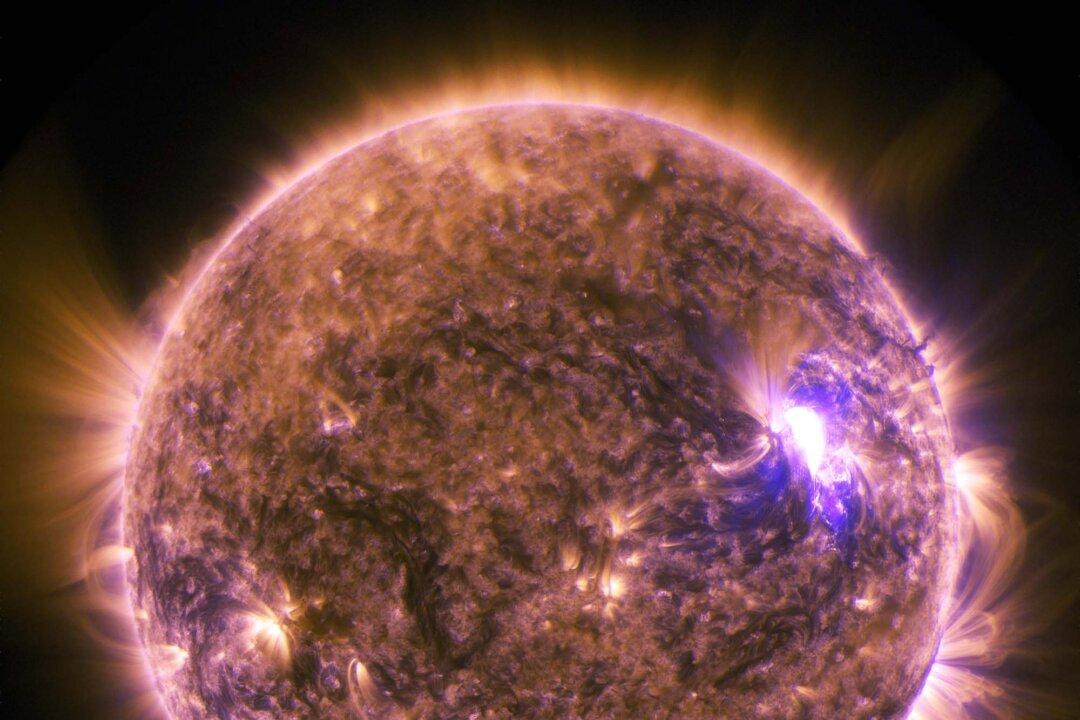A massive solar storm may have slammed the Earth about 2,600 years ago, according to scientists, saying that the finding is still relevant today as to how vulnerable technology is to the sun’s activity.
The eruption is known as a solar proton event (SPE), and hit the planet around 660 BC, said a study published in the Proceedings of the National Academy of Sciences in March 2019 (pdf).





